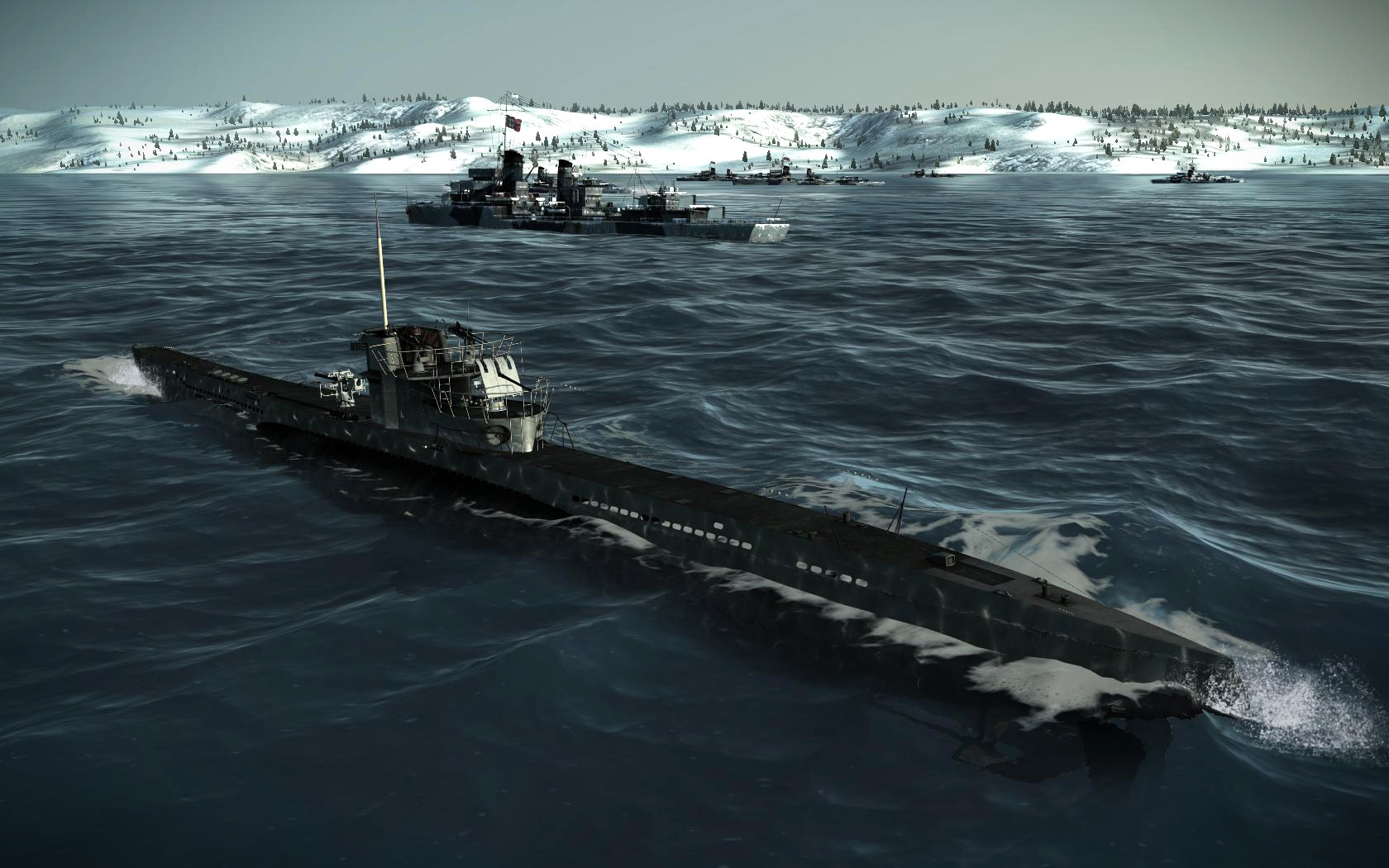

Not surprisingly, there's a lot of naval video games set during the World War II era and there are lots of CG models made both free by fans and for those video games of World War II era vessels. A lot of you are like me in that you like to collect models of those vessels, and those of us with a more, uhmm, "modern" bent naturally go for CG models. I say all that to set things up for the inevitable question that crosses the lips of almost everyone in this particular situation.

These days you would think that the obvious answer is with World of Warships, Navy Field, War Thunder, and other such online multiplayer gaming sims. In truth there's a better place to look, one that's been around almost long as Garry's Mod (GMOD) for Source Engine video gamers, and to this day has a depth and variety in both military and civilian vessels that has yet to be matched. That will probably change with time, but for now it's the best place to go. It's also almost all retail quality by the standards of its time (mid-to-late 2000s). It's not going to be as good as the ultra-detailed and high-poly-out-the-wazoo stuff where you can see every bolt on a watertight door like what World of Warships has, but it's still very good within its game engine constraints and it's been both embraced by its many fans and blessed by many a talented fan CG artist over the decades. That's the online Silent Hunter series community, based on the Ubisoft video games Silent Hunter 3 (SH3), Silent Hunter 4 (SH4), Silent Hunter 4 Gold Edition (SH4G or SH4 1.5), and Silent Hunter 5 (SH5). And while the games themselves have been years out of production, they were top-of-the-line for their time in the graphics department, their original models still hold up well today, and so do the many, many, many, MANY fan-created models for them.

This is the same tool that the Silent Hunter modders use for putting custom stuff into the game. Conversely, you can use it to extract everything that's there: ships, aircraft, static objects, scenery (!), deck crew figures (!!), and so on. It's got a steep learning curve so it's hard for Silent Hunter n00bs to figure out at first, but stay with it. Once you begin to figure it out, then you can do things with it that you can't do with the other two tools, such as extract parts of a model that either don't come up in the game properly (or at all) and extracting textures embedded within the model data and so on.

Master it even more and eventually you'll be able to figure out how to put your own stuff into the game, but as I said it takes a lot of time and a lot of practice.


 0 kommentar(er)
0 kommentar(er)
